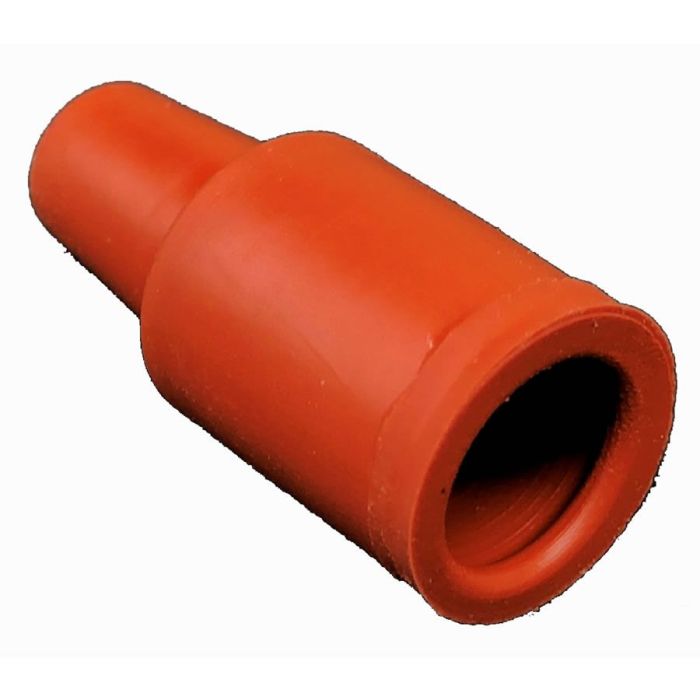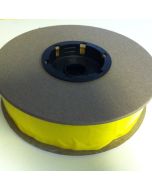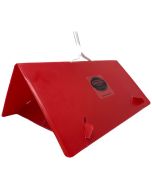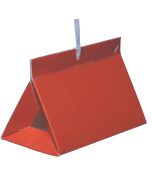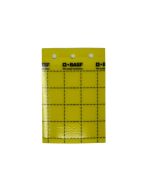Rose Tortrix Moth Lure
Latin Name: Archips rosana
Lure: Red Rubber Septum.
Lure Active Ingredient: Z11-14Ac and Z11-14OH
Field Life: 30 days
Trap to Use: Wing Trap or Plastic Delta Trap
Monitoring Strategy: The use of pheromone traps for this species is not always a reliable indicator of potential damage. Usually, but not always, trap captures of 15 moths or less per week is an indication that the population will not cause significant damage to the crop. Check with Cooperative Extension or Master Gardener for local information and recommendations.
Cultural and Physical Control: Proper sanitation including pruning old or diseased branches can help in reducing pest populations. Removing old bark on the lower section of the trees can also help.
Distribution: Europe, North Africa, Asia, Middle East, Iran, Iraq and the pacific Northwest in North America.
Hosts: Apple, currant, pear, and hawthorn. Other hosts include other members of the Rose family.
Description: Adults: Adults have a grey abdomen and a brown head and thorax with pale brown forewings. Hind wings are grayish brown. Adults are 7-9 mm in length (male) or 8.5-10.5 mm (female).
Larvae: Usually green but color can vary, around 20mm in length and are similar to those of Adoxophyes orana, Archips podana, and Choristoneura rosaceana.
Eggs: Eggs are laid in masses of approximately 60 individual eggs on the woody parts of the host. Eggs overwinter and larvae hatch the following spring.
Life Cycle: Adults are present late June to August. Eggs overwinter and hatch in the spring. The larvae feed on flowers, small fruit, and leaves. The last instar will pupate on the final feeding site.
